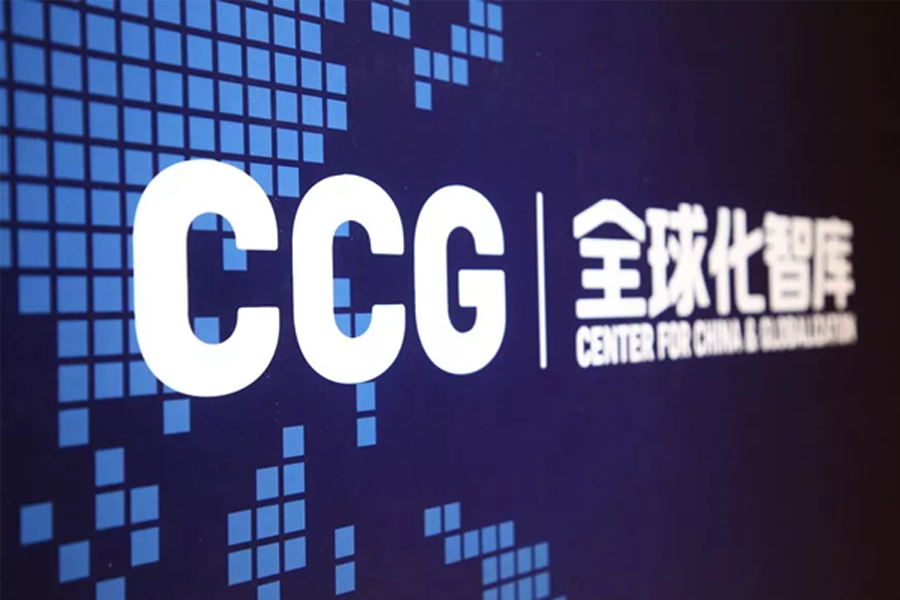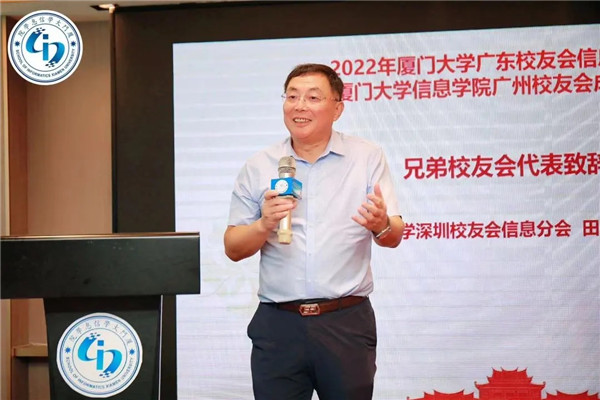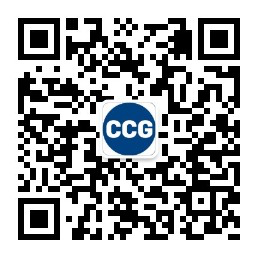Jorge Heine: A Chinese garden in America’s backyard?
2018年12月29日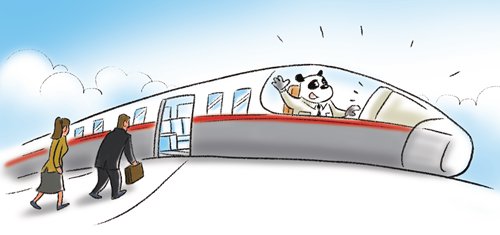
By Jorge Heine,a non-resident senior fellow at the Center for China and Globalization(CCG) in Beijing and a former ambassador of Chile to China
The year 2018 marked the 40th anniversary of China’s reform and opening-up. In Latin America, the year will be remembered as one of political changes in the midst of an economic downturn after the end of the commodities boom. New conservative governments in Chile and Colombia, the election of an outlier candidate in Brazil, and that of an outsider in Mexico, plus the forced resignation of a Peruvian president, all portend major realignments in the region’s politics.
What does this entail for China’s relations with the region?
The short answer is: less than meets the eye. The fact is China and Latin America are so intertwined in trade and investment flows that the notion that mere changes of governments can somehow alter the course on which they are headed, let alone drive them apart, is quite untenable. A review of 2018 should buttress that assertion:
1. Relations with the region were strengthened as a result of the II China-Latin American and Caribbean (LAC) Ministerial Forum in Santiago in January. The signal that China is ready to deal not just with individual countries but also with the region as a whole was unmistakable.
2. Taiwan continued to lose support. The Dominican Republic in May and El Salvador in August broke with Taipei and established diplomatic relations with Beijing.
3. Panama emerged as a hub for China’s trade and logistics in the Americas. In a scarce 18 months of diplomatic relations with Beijing, it has signed 47 agreements with China, has finalized – though not yet signed – a bilateral free trade agreement, awarded a $1.4 billion contract to a Chinese company to build the fourth bridge over the Panama Canal and become the regional headquarters for Bank of China.
4. President Xi Jinping undertook his fourth tour of the region, with state visits to Argentina and Panama in December. He has visited 12 LAC countries in six years, more than presidents Obama and Trump have done in 10. Xi has met Argentine President Mauricio Macri five times in three years, an indicator of links between China and South America’s second largest economy.
5. Infrastructure and energy are emerging as key drivers of Sino-LAC links, much as trade was the main driver from 2000-10. Oil deals in Venezuela, hydro dams in Ecuador and a nuclear plant project in Argentina all reflect China’s massive presence in the energy sector, as do State Grid’s huge investments in Brazil’s power companies. Seven South American countries are prospective members of the Beijing-based Asian Investment and Infrastructure Bank, and the possibilities for Chinese construction companies to take part in the major upgrade needed by the region’s ports, highways, railways, tunnels and bridges are starting to materialize. The best signal Chinese companies could give is to participate in open tenders for such projects – as opposed to securing projects via government-to-government deals – and win them.
6. Far from being seen as a remote and somewhat irrelevant project, the Belt and Road Initiative (BRI) has come to be considered quite pertinent for LAC, as part and parcel of China’s efforts to boost the development of the Global South by enhancing its infrastructure and connectivity, both physical and digital. A large number of LAC countries have by now signed MoUs on BRI. In terms of digital connectivity, the possibility of installing a trans-Pacific, fiber-optic cable between China and Chile – the first across the South Pacific – mooted in 2016 through another MoU, holds special promise, given the realities of our digital age.
That said, the US-China trade war casts a pall over all of this. Whereas in the recent past the United States looked at China’s presence in the Western hemisphere with a sort of bemused magnanimity, nowadays Washington is doing its level best to discourage links with China. That has been the clear message conveyed in visits to the region by Secretary of State Tillerson first, Secretary Pompeo later, as well as by Secretary of Defense Mattis and National Security Advisor Bolton.
Some have referred to the possibility of a new Cold War, and the Monroe Doctrine has also been resurrected, even though we all thought it had been long discarded. Others have tried to frame Sino-LAC links along a left-right axis, arguing that China’s financial support for countries like Venezuela, Ecuador and Argentina was based on ideological considerations. The fact is these countries had no access to international credit markets and China was simply the lender of last resort. Argentina’s thriving trade and investment ties with China under a conservative government like Macri’s would seem to belie such fanciful notions, as does the signing of a BRI MoU by Chile’s right-wing government under President Sebastián Piñera. Brazilian President-elect Bolsonaro is already signaling his government will be ready to do business with Beijing.
Money talks, and the days when Washington could dictate with whom and on what terms Latin American countries could interact are long past. This is especially so in today’s globalized and multipolar world, of open economies and free-trade-based agreements. The very term “extra-regional interference in Western Hemisphere affairs,” once again au courant, takes us back to the 50s and 60s, the heydays of the Cold War, and bears no relation to today’s region, made up of countries that long ago diversified their diplomatic and commercial links, and have especially strong ties with Asia, the world’s most dynamic and fastest growing area.
The United States and China make up close to 40 per cent of the world’s GDP. Open, export-led economies like those of Latin America and the Caribbean need strong ties with both giants to prosper and make the great leap forward to the condition of fully developed nations. Developments in 2018 seem to confirm that there is little that can be done to change that hard fact.
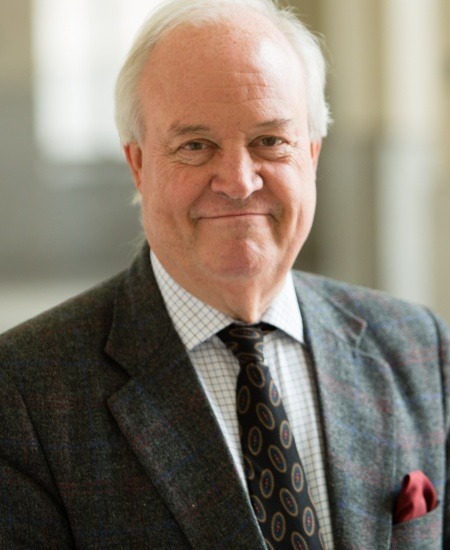
Jorge Heine, a non-resident senior fellow at the Center for China and Globalization, a public policy fellow at the Wilson Center in Washington DC, an honorary visiting professor at the University of Sichuan and a former ambassador of Chile to China.
From Global Times,2018-12-27
